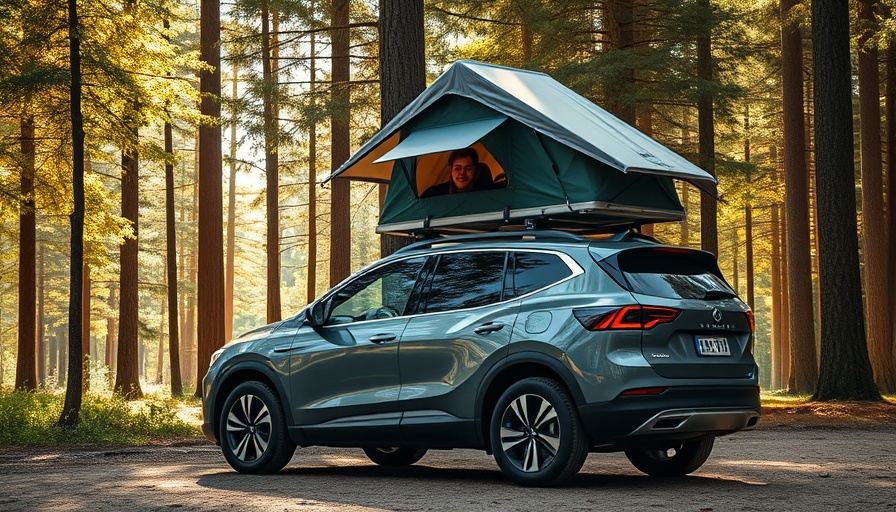
Rivian's Remarkable Q3 Gains: What's Next?
Rivian Automotive has seen an impressive sales increase of 32% in Q3 2025, with the company delivering 13,201 vehicles compared to 10,018 units in the same quarter last year. However, as the automotive landscape shifts, the question on everyone's mind is: can Rivian maintain this momentum?
Challenges on the Horizon
Despite this noteworthy achievement, Rivian is grappling with several challenges ahead. The imminent end of the $7,500 federal EV rebate poses a significant hurdle. This, combined with the company’s revised sales forecast of 41,500 to 43,500 vehicles for the year—slightly down from earlier estimates—paints a complicated picture. Analysts have responded skeptically, indicated by a 7% drop in Rivian's stock following this news, with shares currently down about 19% from a recent high.
Why Rivian Could Still Thrive
However, while Rivian may soon face reduced vehicle production, there are silver linings evident in its market strategy. Most of Rivian's offerings exceed the $80,000 MSRP threshold, meaning that a sizable portion of their customers are less likely to be swayed by the loss of tax rebates. In addition, nearly 30% of Rivian’s R1S customers opted to purchase their vehicles outright rather than leasing, indicating a strong brand loyalty.
Diverse Revenue Streams Keep Hope Alive
Furthermore, Rivian is not solely reliant on consumer vehicles. The company continues to manufacture electric delivery vans for Amazon. These contracts play a critical role in establishing steady revenue, vital for weathering the fluctuations of the consumer market. Rivian's strategic partnerships, such as the $5.8 billion collaboration with the Volkswagen Group, not only broaden its technological capabilities but also enhance its integration within the automotive ecosystem.
Exciting Developments Ahead
On the product front, Rivian is poised to introduce the much-anticipated R2 midsize SUV, slated for early 2026, alongside the R3 crossover, which promises to broaden its appeal in the mid-range market. With an expected starting price around $45,000, the R2 could attract new customers, increasing sales potential in a segment less impacted by the federal rebate changes.
Conclusion: Rivian's Road Ahead
Rivian's solid performance in Q3 reflects a demand for its innovative electric vehicles. Despite upcoming challenges, including reduced federal incentives and fluctuating stock prices, the company is armed with established revenue streams and an exciting product pipeline. If Rivian manages to deliver on its product promises and tap into new market segments effectively, it stands a fighting chance to not just survive but thrive in the competitive electric vehicle landscape.
 Add Row
Add Row  Add
Add 




Write A Comment